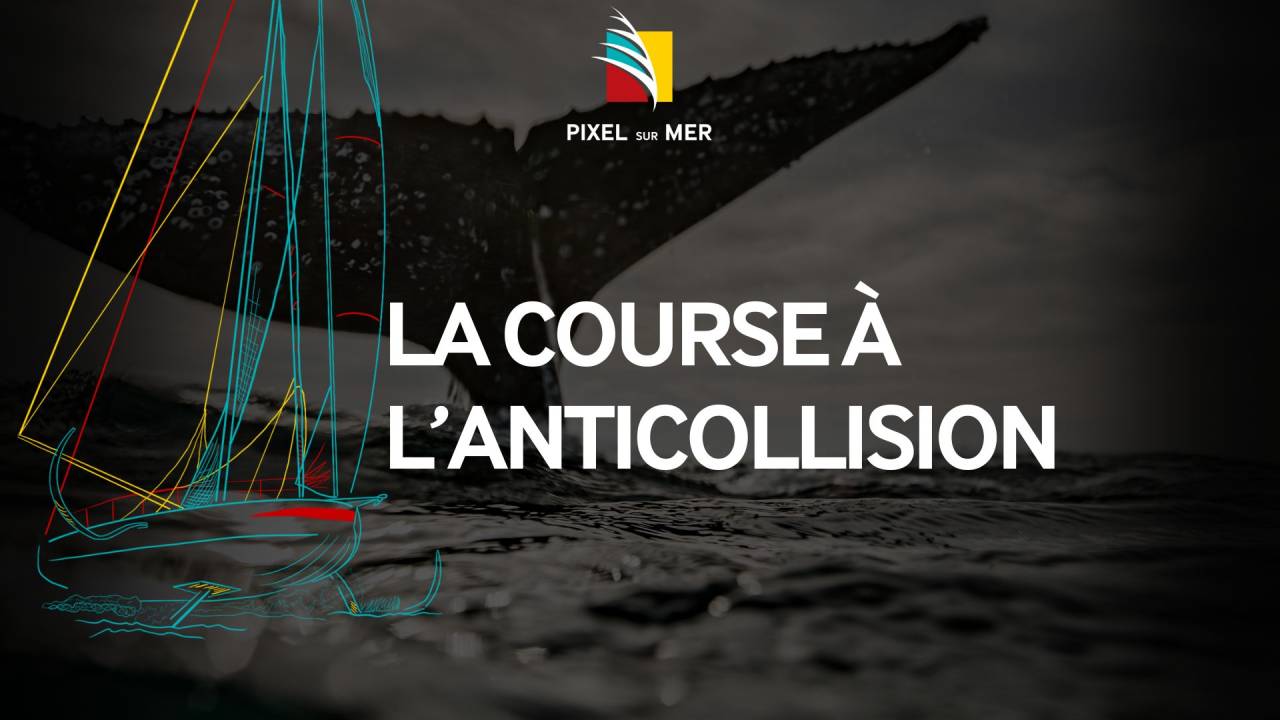Today, collisions at sea are a concern for everyone involved in the maritime sector. In the context of ocean racing, the Arkea Ultim Challenge once again highlights the urgent need to find solutions.
Following the call for expressions of interest initiated by the Pôle Mer Bretagne Atlantique and the IMOCA class, Pixel sur Mer has been running the "EXOS 2024-Prevention of collisions at sea" project for the past year and a half. This research and development program represents a decisive challenge for the maritime world, with implications far beyond ocean racing.
Our aim is to develop a solution that will automatically detect, identify and avoid obstacles in order to reduce the risk of collisions at sea.
This solution is based on our latest technological advances in multi-sensor data fusion and autopilot. On-board alarms, stopping the boat, obstacle avoidance and trajectory calculation for optimized avoidance are the guidelines for the development of our system.
Technological breakthroughs to support the sailor's daily life.
Collision avoidance is a new intelligence that fully aligns with our scope of action and expertise.
Pixel sur Mer has decided to mobilize its teams to meet these urgent needs. This program represents a major scientific and financial investment for our company, but it is the logical follow-up to all our developments in autopilot technology, to enhance performance and safety.
"Designing a reliable obstacle avoidance solution is now possible thanks to our EXOCET innovation platform, which integrates all the leading-edge solutions in data management and automatic piloting...".
Vincent Drévillon, in charge of the EXOS24 project at Pixel sur Mer
"It makes sense to automate an avoidance trajectory when you know that every second counts for a skipper, even when he's on active standby in his cockpit."
Indeed, as Jean-François Cuzon, CEO and founder of Pixel sur Mer, points out, "A skipper's added value also lies in the way he secures these actions. Keeping full control of his machine, so that he knows exactly where he's placing the cursor in his quest for speed and success."
Data fusion to get to know your obstacle better and avoid it.
On board, we need certainty. The fusion of data from 3 very distinct sensors provides reliable information on the presence of an obstacle: we know its position, its movement, its size... And we eliminate the potential uncertainties linked to one sensor.
On the basis of this precise and certain information, resulting from data fusion, we can design an effective avoidance trajectory and apply a set of instructions to the autopilot, while taking into account the boat's maneuverability capabilities.
Ambitions that are coming true.
By introducing this system to navigation, we are protecting them from accidental encounters with unidentified objects. But the other objective is to expand the system's field of action to protect cetaceans from any form of impact with humans.
The next important step will therefore be to identify new sensor technologies, particularly for sub-surface detection, and to integrate this information into our data fusion solution to optimise the detection field on a ship.
In fact, our system is now ready to receive and rapidly implement any type of sensor likely to optimise the identification of surface and subsurface obstacles!
Our aim is to go one step further and design a system that will meet the needs of the entire shipping world.
